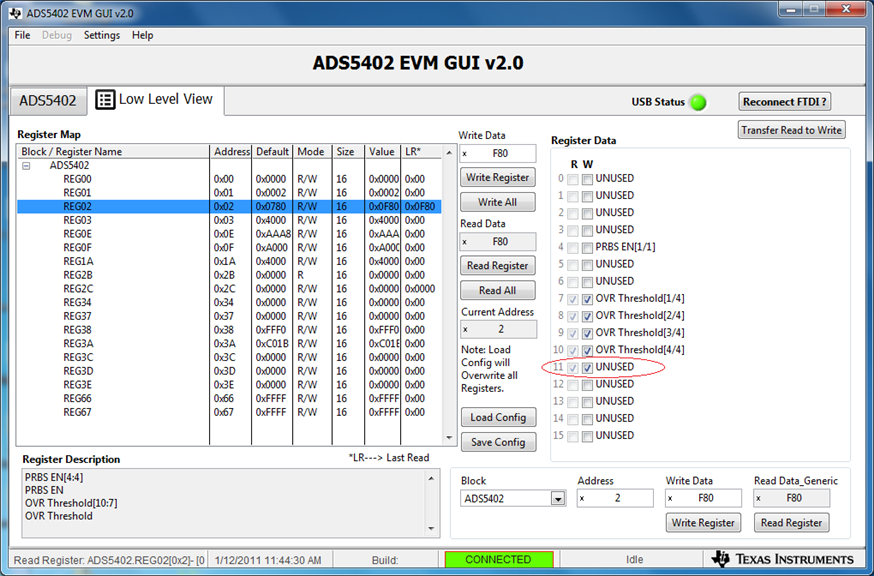Hi, Dear TI Supporters: I have two questions to ask as below described.
1. We have a project that requires 800 MSPS ADC, please be noted, the 800 MSPS is one parameter of the project specified to our users, so as considering some redundancy, we want the ADC can actually run a little bit higher than 800 MSPS. Can ADS5401 run higher than 800 MSPS? For sure, ADS5409 can run 900 MSPS that meets our project, however, it is two-channel ADC, and we need only one channel, and any of 2 channels of ADS5409 cannot be disabled individually, if two channels working at same time, it has a heat sinking issue for us that we have not enough space for the heating getting away. So, what is the solution?
2. Our project's input signal range staring from DC (almost, maybe a few of KHz), as the alternative, can we use ADC12D500RF that can run up to 1 GSPS? We noticed that any of two channels of ADC12D500RF can be disabled, but we are not sure whether ADC12D500Rf is working for our project.
Thank you very much.
Jason


